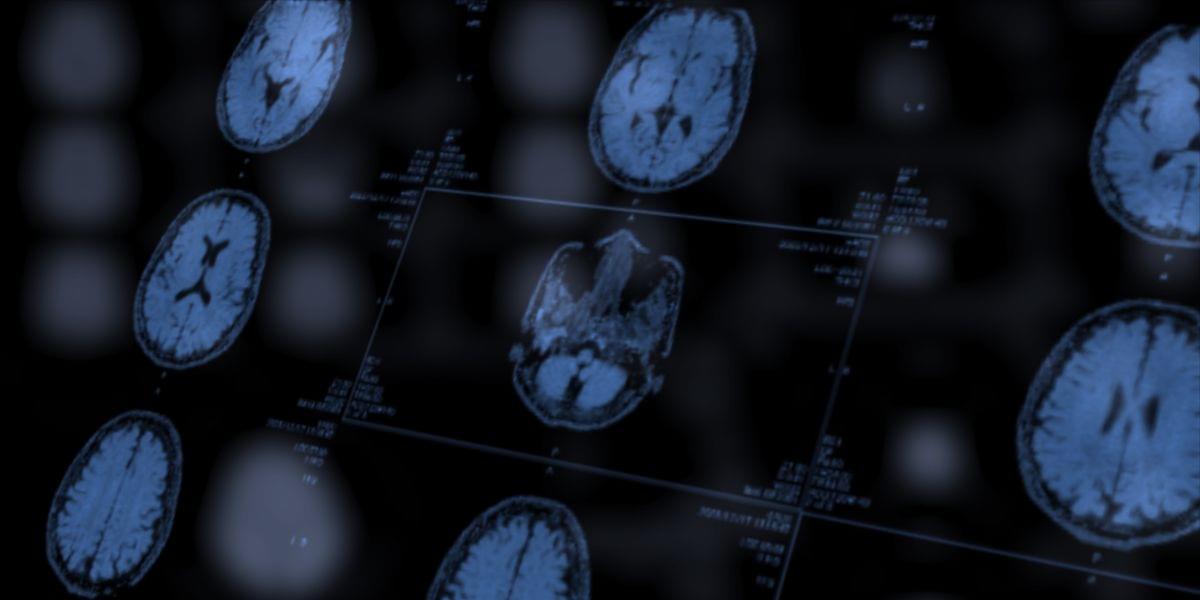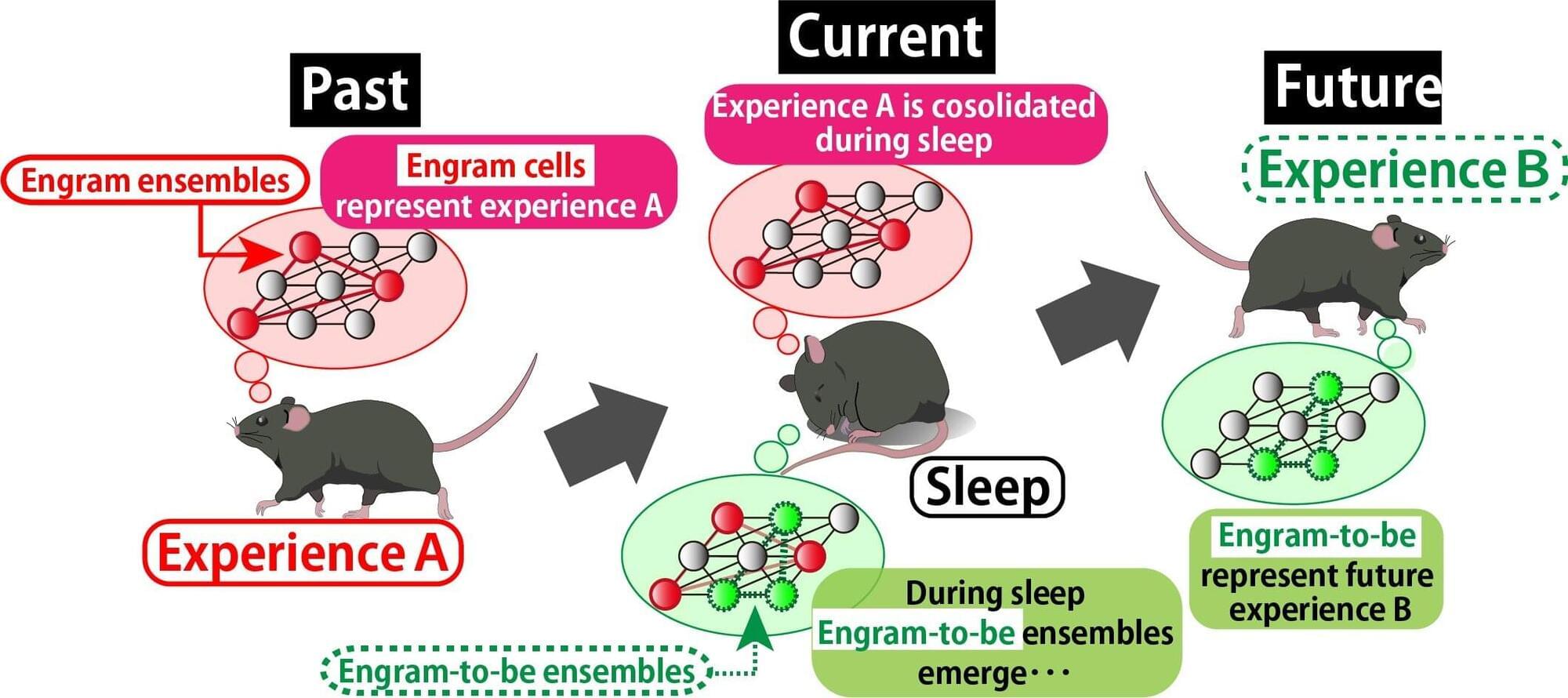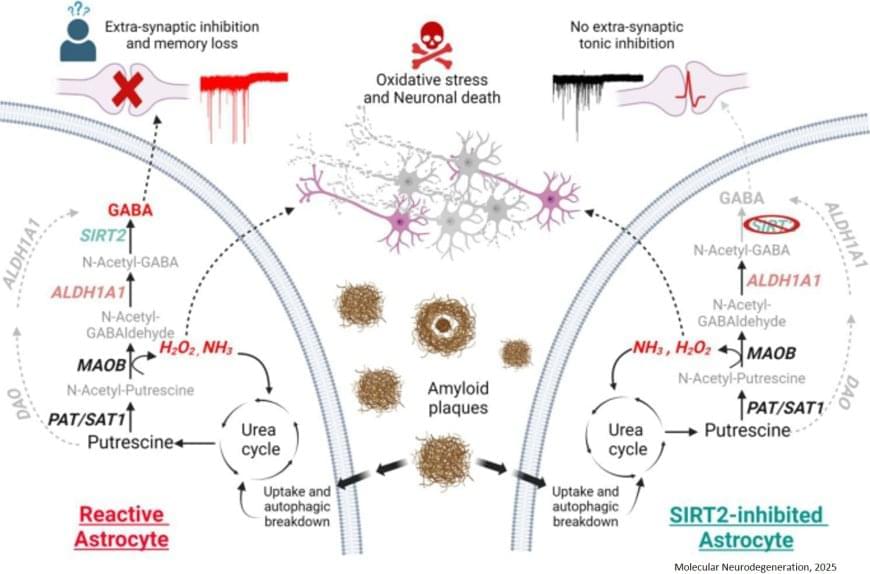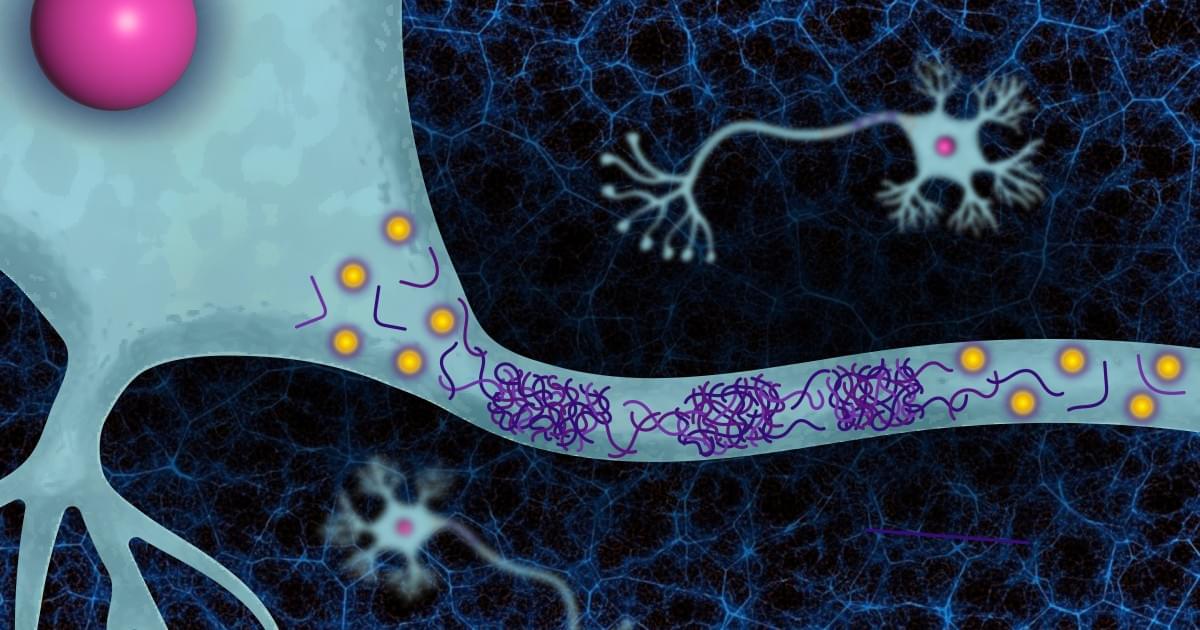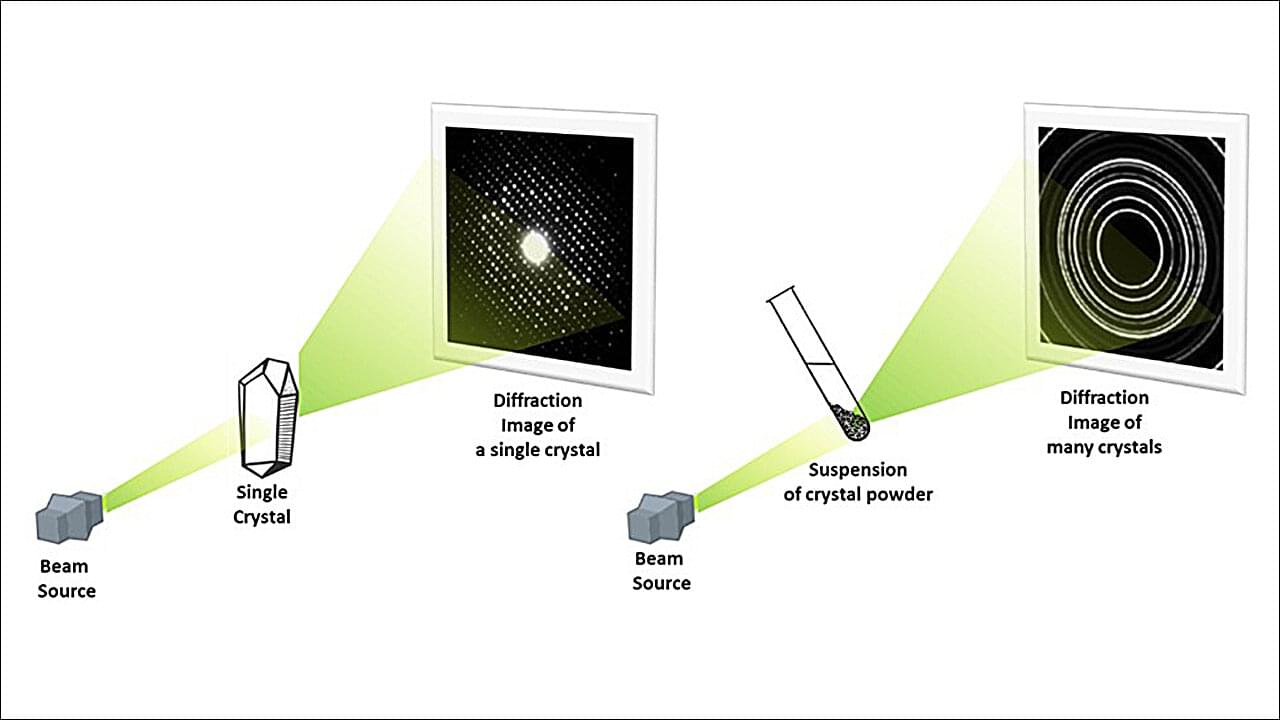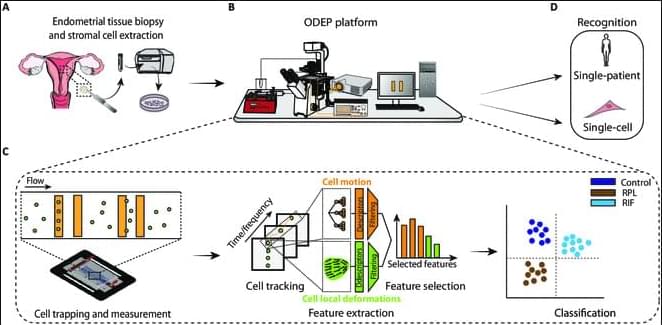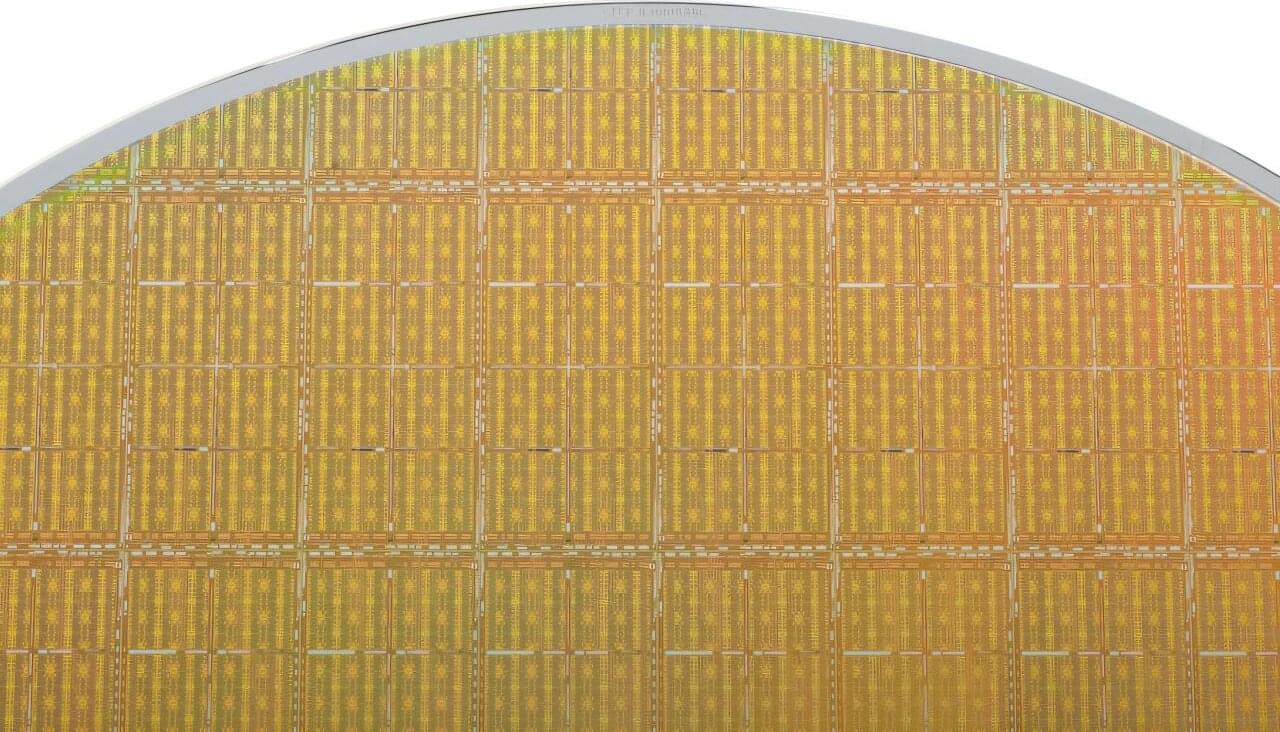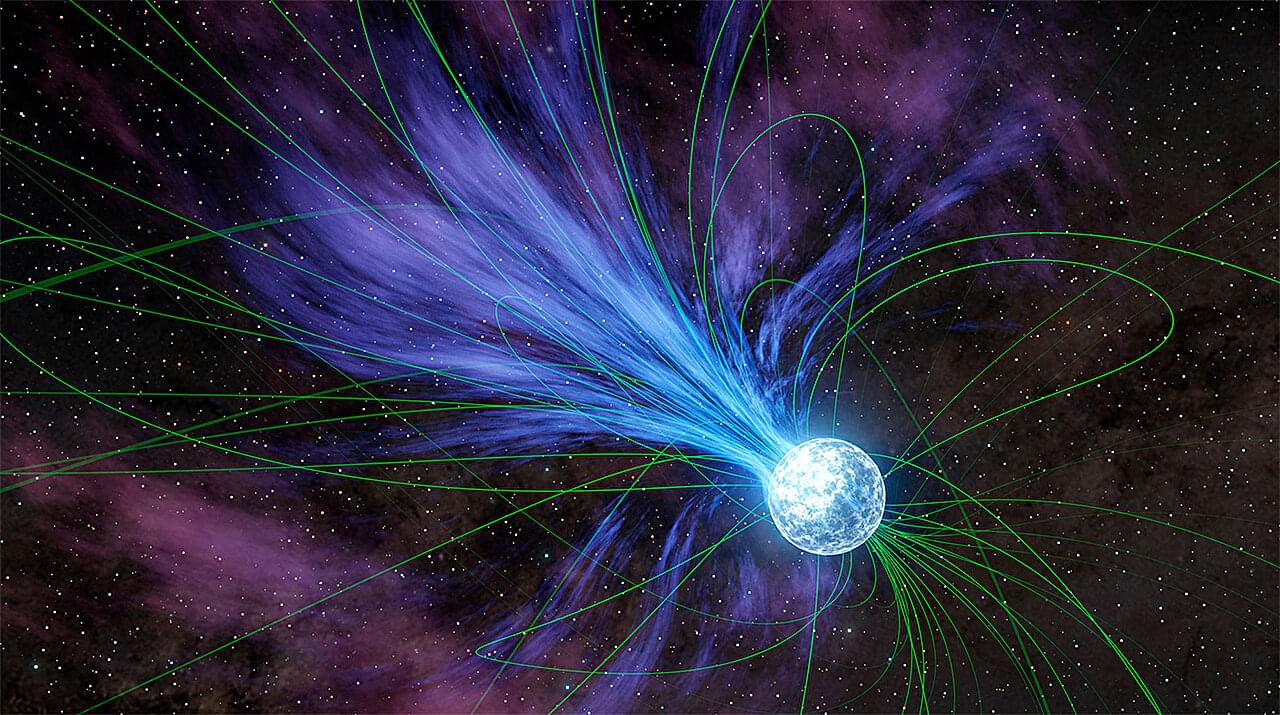Scientists have mapped an unprecedentedly large portion of the brain of a mouse. The cubic millimeter worth of brain tissue represents the largest piece of a brain we’ve ever understood to this degree, and the researchers behind this project say that the mouse brain is similar enough to the human brain that they can even extrapolate things about us. A cubic millimeter sounds tiny—to us, it is tiny—but a map of 200,000 brain cells represents just over a quarter of a percent of the mouse brain. In brain science terms, that’s extraordinarily high. A proportionate sample of the human brain would be 240 million cells.
Within the sciences, coding and computer science can sometimes overshadow the physical and life sciences. Rhetoric about artificial intelligence has raced ahead with terms like “human intelligence,” but the human brain is not well enough understood to truly give credence to that idea. Scientists have worked for decades to analyze the brain, and they’re making great progress despite the outsized rhetoric working against them.
